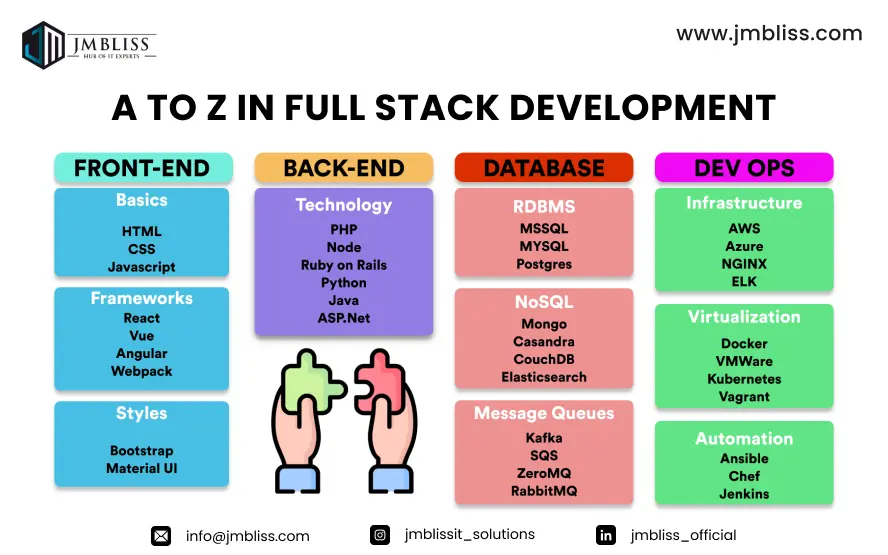
The concept of Virtual Reality, as we know it today, is not a new phenomenon. In fact, it has been brewing for several decades. There are many pioneering moments in digital history that have seen both crude and successful attempts, but majorly, it was in the 1990s when it actually gained traction.
- Mainstream Appeal
The industry for video games is massive and one that is most eager to adopt new technologies, whether it be consoles, computer software, and hardware upgrades.
They are also one of the most tech-savvy audiences and have, thus, quite eagerly embraced virtual reality gaming into the fold. - Investment and Funding
Similar to blockchain for gaming, a major attraction for many businesses and enterprises now entering the fray of video games is the ability of the gaming industry to generate tons of revenue consistently. - Esports and Virtual Interactions
At the end of 2022, the eSports audience size was reportedly 532 million (Statista). By 2025, this number is predicted to reach 650 million worldwide, with Asia and North America emerging as the most significant growth markets.
Despite being relatively new to eSports, the use of VR gaming has gradually increased in this sector, with the revenue for virtual gaming content poised to hit $7 billion by 2025. - Crossovers with Other Industries
The advancements and adoption rates of VR in gaming have also positively impacted other industries. As of 2023, the total market size for VR rests at $15.8 billion and will soon cross $22 billion by 2025.
These are some of the significant ways which describe the impact of VR gaming on virtual reality, the tech, and the market for it. The video game industry constantly strives for immersive experiences, improved storytelling and gameplay experiences, tech advancements, and unique content – which has led to the widespread adoption of VR amongst gaming audiences.
 Get A Quote
Get A Quote




